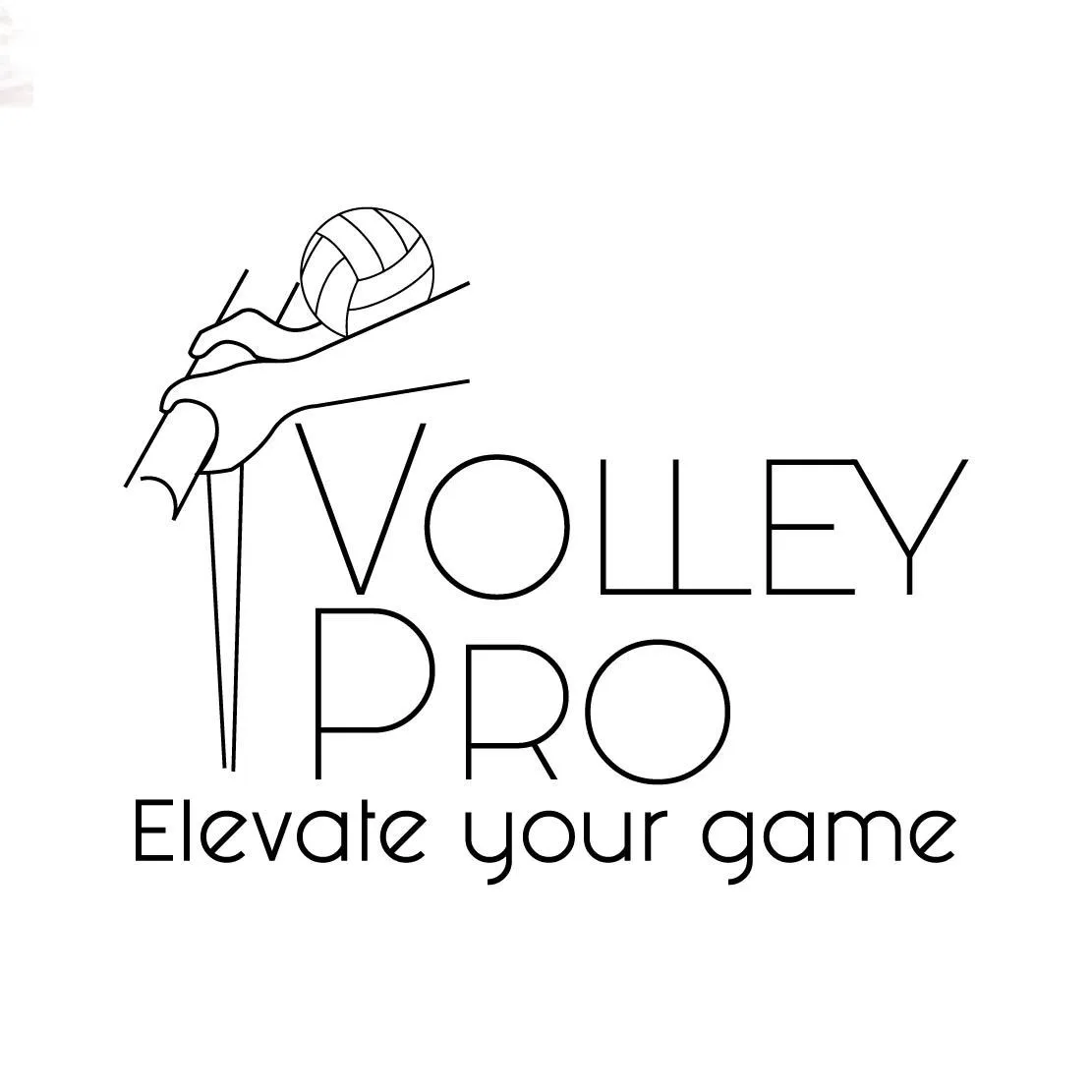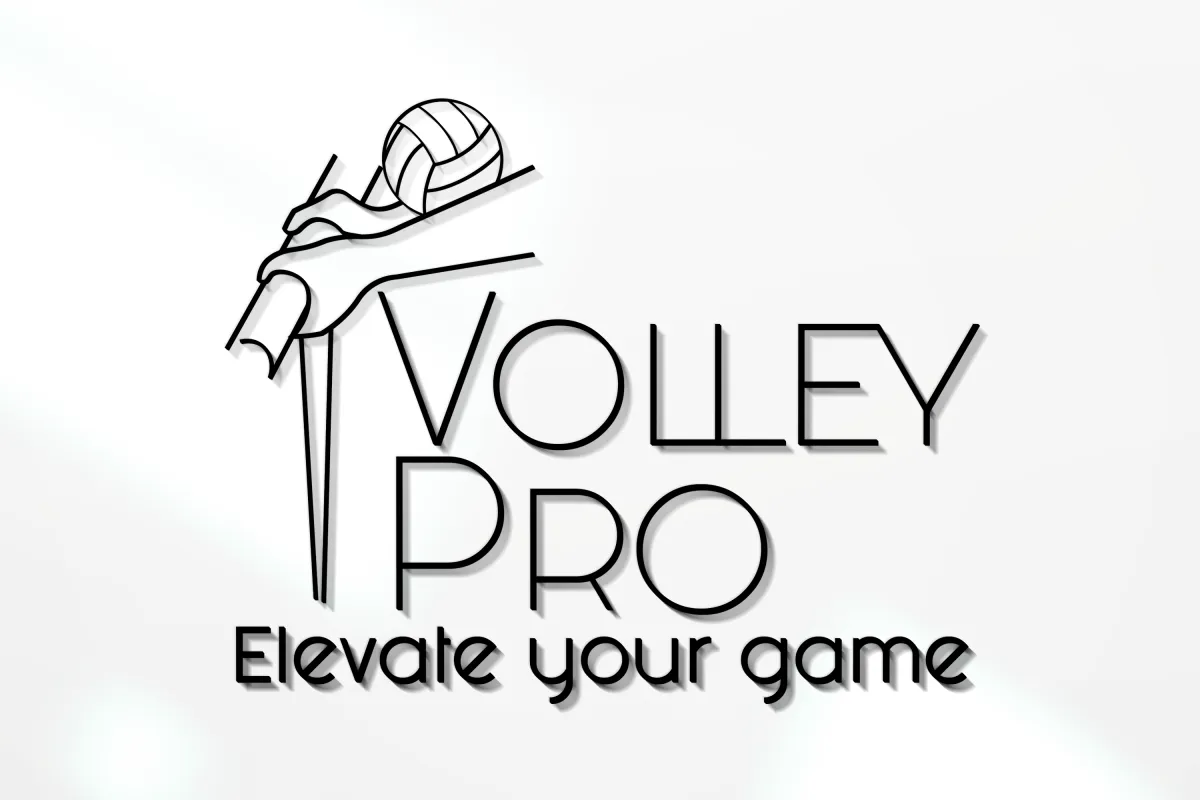
Read Our Blogs

Volleyball and Cross-Training: Diversifying Your Fitness for Peak Performance
Volleyball is a sport that demands a unique blend of physical attributes: explosive power, agility, endurance, and flexibility. While dedicated volleyball training is essential for honing skills and mastering techniques, incorporating cross-training activities can elevate your game to new heights. Cross-training involves engaging in different types of exercise to improve your overall fitness and athleticism, addressing weaknesses, preventing injuries, and enhancing your performance on the volleyball court.
Why Cross-Train? The Benefits for Volleyball Players
Cross-training offers a multitude of benefits for volleyball players, contributing to a well-rounded and resilient athlete.
Injury Prevention: Diversifying Your Movement
Volleyball, with its repetitive jumping, diving, and spiking motions, can place significant stress on specific joints and muscle groups. Overuse injuries are common, potentially sidelining you from the court and hindering your progress.
Cross-training helps prevent overuse injuries by working different muscle groups and reducing repetitive stress on specific joints. By incorporating activities that engage different movement patterns and muscle groups, you can ensure balanced development and reduce the risk of imbalances that can lead to injuries.
For example, swimming provides a low-impact, full-body workout that engages muscles not typically used in volleyball, while cycling strengthens the legs and improves cardiovascular fitness without the impact stress of running.
Improved Strength and Conditioning: Building a Well-Rounded Athlete
Volleyball requires a high level of strength and conditioning, particularly in the legs, core, and shoulders. Cross-training activities can complement your volleyball training by targeting specific areas that may not be fully addressed by your regular routine.
Strength training, for example, is essential for building muscle mass and strength, crucial for jumping, hitting, and blocking. Incorporating strength training exercises into your cross-training routine can enhance your power and explosiveness on the court.
Similarly, activities like yoga and Pilates can improve core strength, stability, and flexibility, which are essential for maintaining proper form and preventing injuries.
Enhanced Cardiovascular Fitness: Boosting Endurance
Volleyball is a high-intensity sport that demands exceptional cardiovascular fitness. Long rallies, quick transitions, and repeated jumps require a strong cardiovascular system to maintain stamina and recover quickly between plays.
Cross-training activities like running, swimming, or cycling can help improve your endurance and cardiovascular health. These activities challenge your heart and lungs, increasing your aerobic capacity and allowing you to sustain high levels of intensity throughout a match.
Increased Agility and Coordination: Sharpening Your Reflexes
Agility and coordination are essential for volleyball, allowing you to react quickly to the ball, change direction efficiently, and execute skills with precision.
Cross-training activities that challenge your agility and coordination, such as dance, martial arts, or plyometrics, can benefit your volleyball performance by improving your reflexes, balance, and body control.
These activities require quick movements, precise timing, and spatial awareness, skills that translate directly to improved performance on the volleyball court.
Mental Break: Preventing Burnout
Volleyball training can be physically and mentally demanding. Cross-training can provide a mental break from your regular routine, helping to prevent burnout and maintain motivation.
Engaging in different activities can keep your workouts fresh and exciting, preventing boredom and maintaining your enthusiasm for training.
The change of pace and scenery can also be mentally refreshing, allowing you to return to your volleyball training with renewed focus and energy.
Cross-Training Activities for Volleyball Players: A Diverse Toolkit
The beauty of cross-training lies in its versatility. There are countless activities you can incorporate into your routine, each offering unique benefits and challenges. Here are some popular options for volleyball players:
Swimming: Swimming is a low-impact activity that provides a full-body workout, improving cardiovascular fitness, muscle endurance, and flexibility. It's an excellent option for active recovery and injury prevention.
Cycling: Cycling is another great cardiovascular workout that can also help strengthen your legs, improve endurance, and enhance your overall fitness. It's a low-impact activity that can be enjoyed outdoors or indoors on a stationary bike.
Running: Running can improve your endurance, speed, and cardiovascular fitness. It's a high-impact activity, so it's important to listen to your body and avoid overtraining. Incorporate running gradually into your routine, starting with shorter distances and gradually increasing your mileage.
Strength Training: Strength training is essential for building muscle mass and strength, which are crucial for jumping, hitting, and blocking in volleyball. Incorporate a variety of exercises that target different muscle groups, including squats, lunges, deadlifts, and presses.
Yoga: Yoga can improve flexibility, balance, and mental focus, all of which are beneficial for volleyball players. Yoga also promotes relaxation and stress reduction, which can help you recover from intense training and competition.
Pilates: Pilates can help strengthen your core, improve your posture, and increase your body awareness. These benefits can translate to improved stability, balance, and control on the volleyball court.
Plyometrics: Plyometrics, also known as jump training, involves explosive movements that improve power, speed, and agility. Incorporating plyometric exercises into your cross-training routine can enhance your jumping ability, quickness, and overall athleticism.
Integrating Cross-Training into Your Routine: A Balanced Approach
Cross-training should complement your volleyball training, not replace it. Here are some tips for integrating cross-training effectively:
Listen to Your Body: Pay attention to your body and avoid overtraining. Incorporate rest days into your schedule and adjust your cross-training activities based on your needs and recovery.
Variety: Vary your cross-training activities to keep your workouts interesting and challenge different muscle groups. This prevents boredom and ensures balanced development.
Enjoyment: Choose activities that you enjoy to stay motivated and consistent with your cross-training. If you dread your workouts, you're less likely to stick with them.
Gradual Progression: Start with shorter sessions and lower intensity, gradually increasing the duration and intensity as your fitness improves.
Periodization: Consider periodizing your cross-training, adjusting the type and intensity of activities based on your training cycle and competition schedule.
Cross-Training as a Lifelong Pursuit:
Cross-training is not just for athletes; it's a valuable tool for anyone seeking to improve their overall fitness and well-being. By incorporating a variety of activities into your routine, you can challenge your body in new ways, prevent boredom, and reduce the risk of injuries.
Here are some additional tips for incorporating cross-training into your lifestyle:
Find activities you enjoy: The best way to stick with a cross-training routine is to choose activities that you find enjoyable and engaging.
Make it social: Invite friends or family members to join you in your cross-training activities. This can make your workouts more fun and motivating.
Set realistic goals: Start with small, achievable goals and gradually increase your challenges as your fitness improves.
Be patient: It takes time to see results from cross-training. Be patient and consistent with your efforts, and you will eventually reap the rewards.
By incorporating cross-training into your volleyball training program and your overall lifestyle, you can diversify your fitness, prevent injuries, improve weaknesses, and enhance your overall performance and well-being. Cross-training is not just about becoming a better volleyball player; it's about becoming a more well-rounded and resilient athlete, ready to face any challenge on or off the court.
Reserve your Volley Pro today and unleash your full potential on the court!

Reliable, professional pressure washing services for pristine results.
Copyright Volley Pro 2025. All rights reserved
